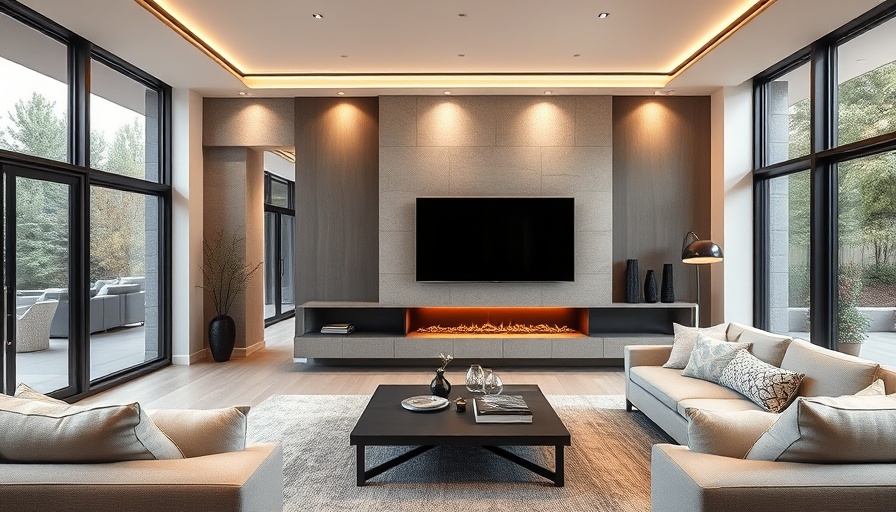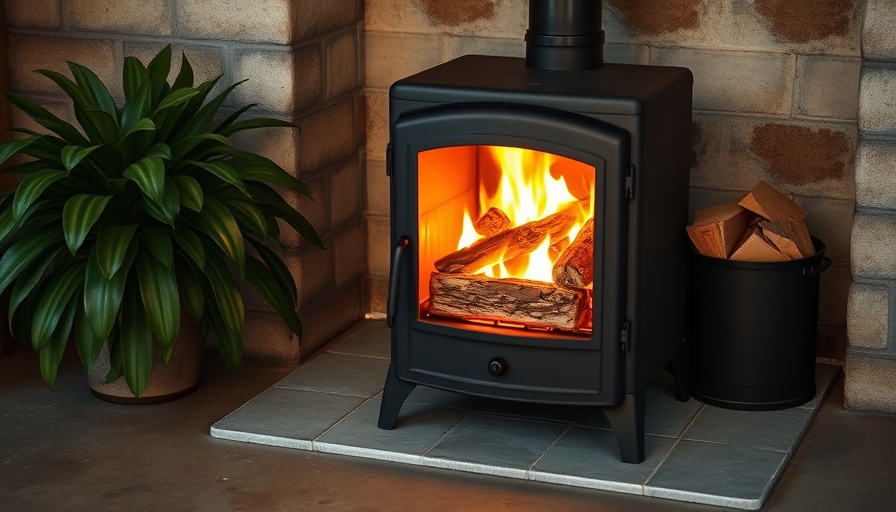
Understanding the Concept of Media Walls
In today's homes, a media wall is not just a feature; it’s a lifestyle choice. This modern design solution consolidates all your entertainment systems—from televisions to game consoles—into a unified structure that enhances both functionality and aesthetics. Enthusiasts of smart home technology will appreciate how media walls provide a sleek and organized appearance, concealing wires and reducing clutter, which is particularly appealing in the often compact and stylish London flats.
The Benefits of Building a Media Wall
Investing in a media wall comes with numerous advantages:
- Aesthetic Appeal: A well-crafted media wall can serve as the striking focal point of a room, seamlessly tying together design elements of the space.
- Space Optimisation: By merging all media components into a single structure, media walls free up precious floor space, fostering a more spacious feel.
- Customization Options: Media walls are not one-size-fits-all; they can be tailored to reflect individual tastes with features such as integrated lighting and floating shelves.
- Concealed Wiring: Say goodbye to cluttered cords; media walls are specifically designed to hide wiring, creating a clean, modern look.
- Enhanced Viewing Experience: By positioning devices at the optimal height and angle, they improve the comfort of movie nights and gaming sessions.
Key Factors to Consider Before Getting Started
Before diving into building your media wall, consider the following:
- Room Dimensions and Layout: Assessing the size of your room is crucial to ensuring your media wall complements, rather than overwhelms, your living space.
- Structural Integrity: Make sure your existing wall can support the weight of your media wall components, especially if including heavier elements such as a fireplace.
- Electrical Requirements: Think about your power needs and ensure you’re equipped with enough outlets. Consulting an electrician might be wise to adhere to safety standards.
- Ventilation Needs: Adequate ventilation is vital to prevent overheating of electronic components. Make sure your devices are well-ventilated to ensure they last.
- Your Budget: Establish a budget that covers materials, tools, and any professional assistance, allowing you to make informed choices and avoid surprises.
Steps to Create Your Perfect Media Wall
Transitioning from planning to execution can be smooth with the right approach. Here’s a simple guide to building your ideal media wall:
- Design Your Layout: Sketch your ideas using software or pen and paper. The design should include specifics such as the size and placement of your television and other devices.
- Gather Necessary Materials: Once your design is in place, list the materials you need, from the structural framing to decorative components.
- Build the Frame: Begin constructing your media wall frame, securing it firmly to the wall to ensure stability.
- Install Electronics: Carefully mount your TV and other devices, ensuring everything is wired safely and efficiently.
- Personalize and Finish: Add finishing touches such as shelves, cabinets, or decorative accents to give your media wall a personal flair.
How Media Walls Are a Sustainable Choice
As sustainable living becomes a priority for many London residents, integrating eco-friendly elements in your media wall can contribute to a greener future. Choose sustainable materials like reclaimed wood or eco-friendly paints, which can elevate the design and align with your values, reducing your carbon footprint.
Final Thoughts and Call to Action
Building a media wall not only enhances the aesthetics of your living space but also optimizes functionality for modern living. If you’re ready to embark on this DIY journey, consider how you can merge your personal style with sustainable practices. For more insights on home improvement projects that spotlight community values and eco-friendly options, stay tuned with your local neighborhood updates.
 Add Row
Add Row  Add
Add 






Write A Comment